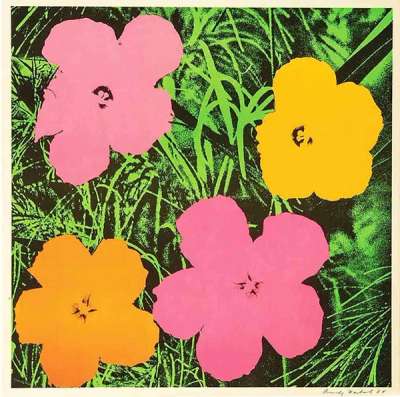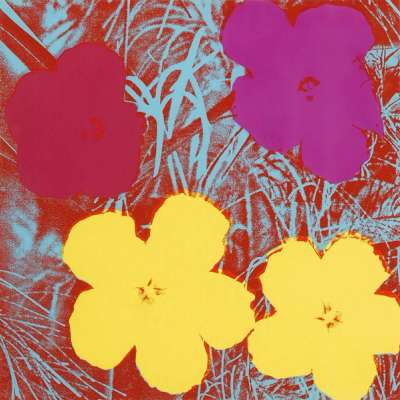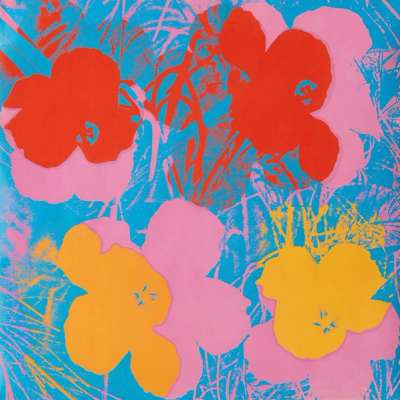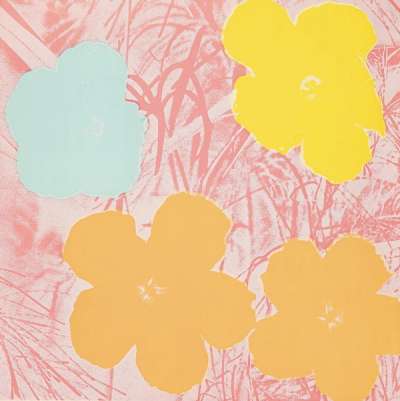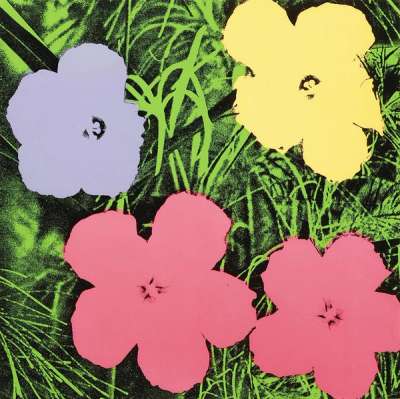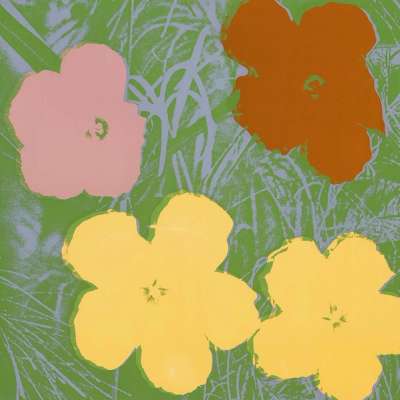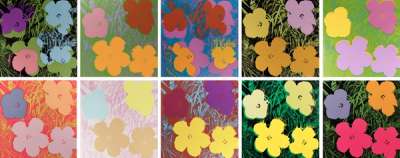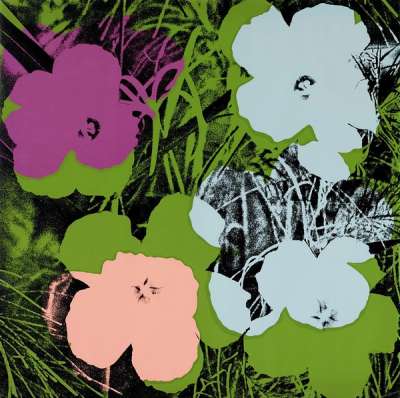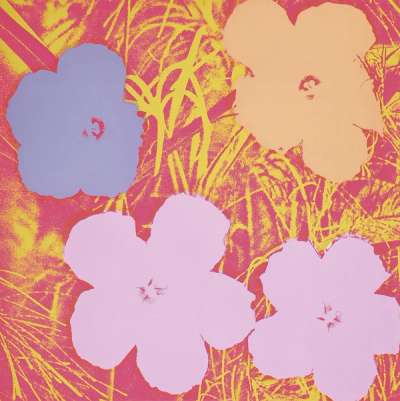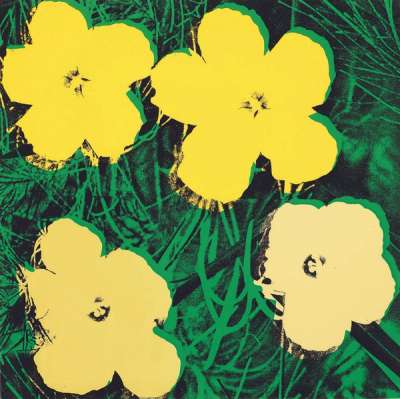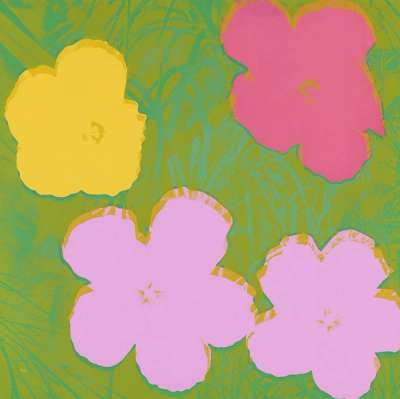
Flowers (F. & S. II.67)

Flowers (F. & S. II.67)
Signed Print
Andy Warhol
£45,000-£70,000Value Indicator
$90,000-$140,000 Value Indicator
$80,000-$130,000 Value Indicator
¥410,000-¥640,000 Value Indicator
€50,000-€80,000 Value Indicator
$440,000-$690,000 Value Indicator
¥8,610,000-¥13,400,000 Value Indicator
$60,000-$90,000 Value Indicator
AAGR (5 years) This estimate blends recent public auction records with our own private sale data and network demand.
There aren't enough data points on this work for a comprehensive result. Please speak to a specialist by making an enquiry.
Medium: Screenprint
Edition size: 250
Year: 1970
Size: H 91cm x W 91cm
Signed: Yes
Format: Signed Print
TradingFloor
Track this artwork in realtime
Watch artwork, manage valuations, track your portfolio and return against your collection
Track auction value trend
Auction Results
| Auction Date | Auction House | Location | Hammer Price | Return to Seller | Buyer Paid |
|---|---|---|---|---|---|
| September 2024 | Christie's Amsterdam | Netherlands | |||
| June 2024 | Rago | United States | |||
| April 2024 | Phillips New York | United States | |||
| January 2024 | SBI Art Auction | Japan | |||
| April 2021 | Phillips New York | United States | |||
| January 2021 | Phillips London | United Kingdom | |||
| October 2017 | Sotheby's New York | United States |
Meaning & Analysis
This signed screen print from 1970 is a limited edition of 250 from Andy Warhol’s Flowers series. Using vivid hues of pink and yellow, Warhol deliberately rotates and misaligns the screen print ink that overlays the original photographic image of four hibiscus flowers against a background of undergrowth.
This work shows the artist’s famous flower motif, rotated, rendered in this print with soft pink and yellow hues against a starkly contrasted grass background. With the Flowers series, Warhol exhibits his unrivalled skill in the screen print process by using the same photographic motif for each print and rendering it in a multitude of variations of colour and composition.
Taken from a photograph by Patricia Caulfield found in a 1964 issue of Modern Photography, Warhol deliberately appropriates and repeats the image excessively to mirror the mechanical forms of reproduction found in mass-media that he was so fascinated by. This idea of assembly-line production was reinforced by Warhol’s ‘Factory’ that opened in New York in 1964, where he produced many of his screen prints, noting: “Mechanical means are today and using them I can get more art to more people. Art should be for everyone.”
Flowers (F. & S.II.67) reworks the traditional art historical genre of flower painting, by appropriating an image from a magazine and reproducing it in a ‘machine-like’ manner, to challenge ideas of fine art, authorship and creativity. Warhol directly participates in appropriation and image dissemination. Consciously banal and synthetic. He rejects hierarchical compositions in favour of flattened perspective and abolishes complex colour harmonies for monochrome planes of flat colour and artificially bright ink.
